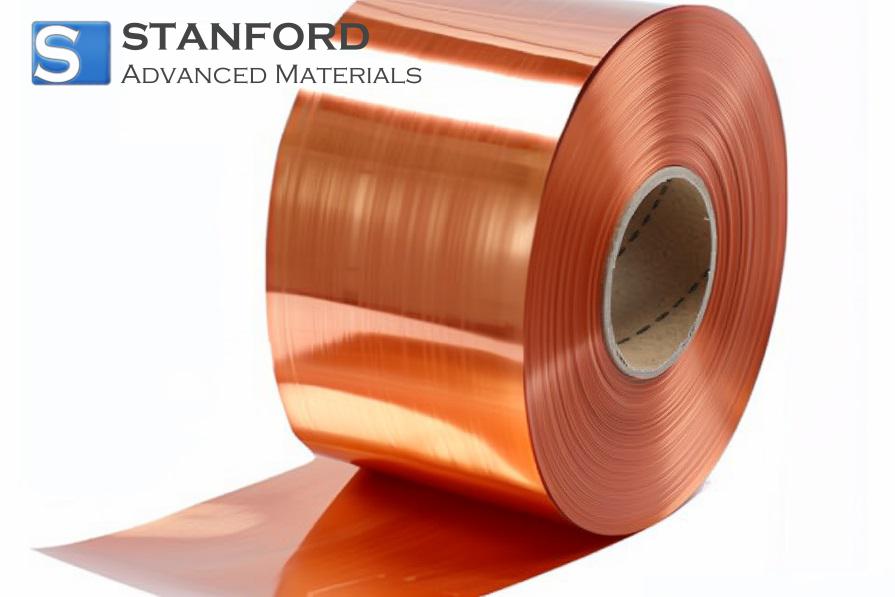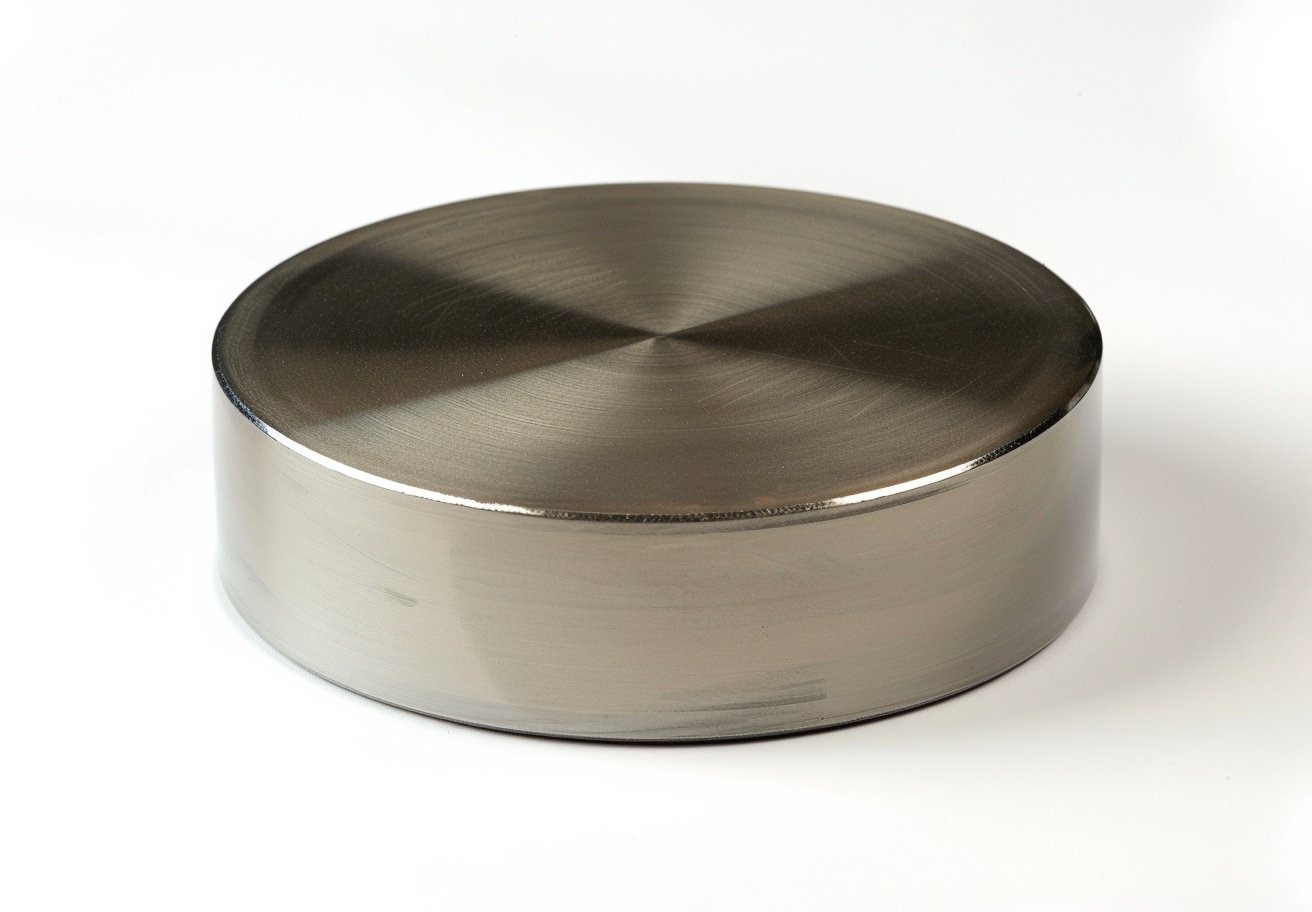Perovskite Power Cells Could Revolutionize The Solar Energy Market
The solar energy market will be significantly modified due to new research that outlines production methods for perovskite solar cells. Researchers have noted that these cells can be manufactured with simple methods and at low cost.
The energy conversion efficiency is maintained, as the cells convert solar radiation into electricity with high effectiveness. Consequently, companies that depend on alternative energy sources will receive substantial support.
Professor Aron Walsh, head of the Materials Design Group, stated, "Hybrid perovskites represent a significant development in solar energy research." The field has advanced rapidly; devices have evolved more quickly than the fundamental understanding of their operating principles.
Perovskites mimic the crystal structure of a natural mineral that was discovered in Russia in 1839. This structure is achieved through both organic and inorganic chemistry. The largest supercomputer in Great Britain has assisted researchers in Bath in replicating the chemical structure and material properties.
In the first publication in Physical Review B within the framework of the DESTINY initial training programme in Bath, Frederico Brivio explained why these cells are capable of absorbing intense sunlight. He reported that the quantum mechanical interaction between electrons and their rapid movement in the material increases the level of sunlight absorption.
The second publication by Dr Jarvist Frost, which appeared as part of an EPSRC consortium on energy materials in Nano Letters, describes the mechanism by which the material converts sunlight into electricity. This method differs from earlier solar cells chiefly by the absence of organic molecules in the perovskite minerals.
Some experts maintain that utilising 1% of the sunlight available in the United Kingdom and converting it into electricity would be sufficient to meet current energy demands. This outcome also reduces environmental contamination, given that the extraction and transportation of alternative fuels typically introduce impurities.
Recent studies indicate that solar cells using perovskites can achieve efficiencies of 20%. This development is anticipated to strengthen the position of the UK solar energy sector, thereby enabling it to compete with existing low-cost fossil fuel generation.
Commercial silicon solar cells currently in use will soon be outperformed by perovskite cells. Perovskites offer high solar efficiency, reduced production costs and increased production volumes relative to their predecessors.

 Bars
Bars
 Beads & Spheres
Beads & Spheres
 Bolts & Nuts
Bolts & Nuts
 Crucibles
Crucibles
 Discs
Discs
 Fibers & Fabrics
Fibers & Fabrics
 Films
Films
 Flake
Flake
 Foams
Foams
 Foil
Foil
 Granules
Granules
 Honeycombs
Honeycombs
 Ink
Ink
 Laminate
Laminate
 Lumps
Lumps
 Meshes
Meshes
 Metallised Film
Metallised Film
 Plate
Plate
 Powders
Powders
 Rod
Rod
 Sheets
Sheets
 Single Crystals
Single Crystals
 Sputtering Target
Sputtering Target
 Tubes
Tubes
 Washer
Washer
 Wires
Wires
 Converters & Calculators
Converters & Calculators
 Write for Us
Write for Us

 Chin Trento
Chin Trento



